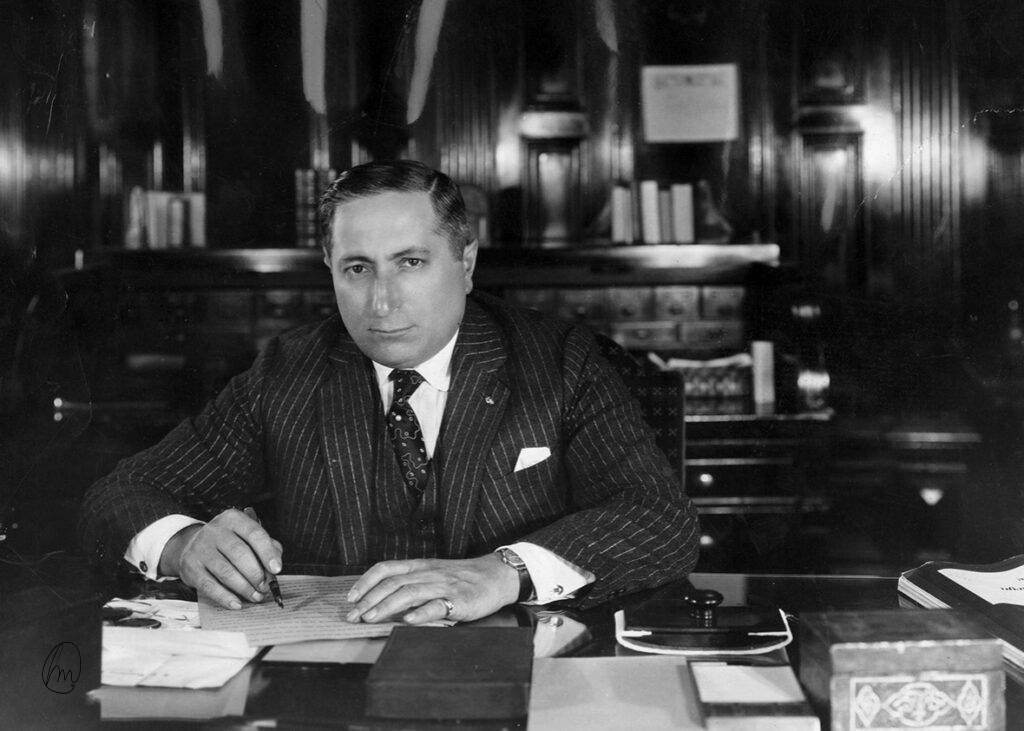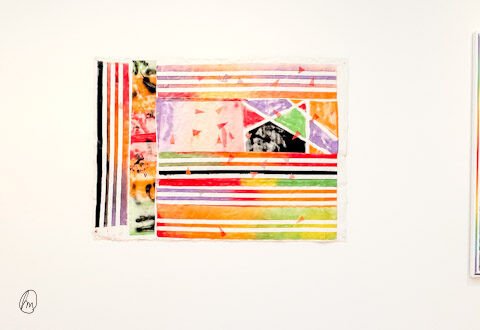The Academy Awards returned for the 97th time, celebrating cinema’s greatest achievements.
But What Exactly Is an Oscars?
Let’s take a closer look at the history behind Hollywood’s most prestigious award.
The Beginnings
Louis B. Mayer, a Kyiv-born co-founder of Metro-Goldwyn-Mayer (MGM), established the Academy of Motion Picture Arts and Sciences (AMPAS) in 1927. His goal was to advance the film industry, and he believed that awarding achievements would serve as a strong motivational force. One of his most famous statements still resonates today:
“Cups and awards, they’d kill themselves to produce what I wanted.”

The First Oscars Ceremony
The inaugural Oscars ceremony was held in May 1929 in the Blossom Room of the Hollywood Roosevelt Hotel. At the time, it was a relatively private, insider event, hosted by Douglas Fairbanks for 270 guests, each paying a modest $5 entry fee — around $92 in today’s money.
The award for Best Picture was determined based on a central board’s decision, and the winner was Wings (1927), a silent film directed by William Wellman. The story follows two World War I pilots who fall in love with the same woman. Alongside this, Charlie Chaplin received a special honorary award for his contributions to cinema.
As public interest surged in the 1930s, the media jumped on board, eager to cover Hollywood’s biggest night. That year, Los Angeles radio station KNX provided live coverage of the awards, which were chosen through a secret ballot. However, at that time, the winners were announced in advance so that news outlets could publish the results ahead of the event. This practice continued until 1940, when the Academy introduced the now-iconic sealed-envelope system, adding an element of suspense to the ceremony.
Oscars History: 1940s
Due to the attack on Pearl Harbor, the Academy postponed the 1942 Oscars by a year. By 1944, the ceremony had moved to a larger venue—the legendary Grauman’s Chinese Theatre—which allowed for a much bigger audience. Tickets were sold to active service members, and even members of the general public could attend.
That same year, the Oscars were broadcast overseas for the first time via shortwave radio, marking the beginning of its international reach. By the end of the decade, the event had fully institutionalized itself as a key moment in the film industry.
The Television Era: The 1950s and 1960s
The first televised Oscars ceremony took place in 1953, during the 25th Academy Awards. Hosted by Bob Hope, the event attracted an estimated 35 million viewers—an astonishing number for the time.
A major milestone was reached in 1956 when the Academy introduced the Best Foreign Language Film category. The first winner was La Strada, directed by Federico Fellini.

The Modern Oscars Era
The 1970s and 1980s transformed the Oscars, turning them into a truly global spectacle as television broadcasting expanded.
Over the years, the Oscars faced growing criticism for its lack of diversity, but things hit a boiling point with the #OscarsSoWhite movement. The backlash pushed the Academy to shake up its membership, bringing in more international and non-white voices to address the issue.
Viewership of the Oscars has fluctuated over time, with some years proving exceptionally popular. Standout moments include Titanic’s dominance at the awards and The Lord of the Rings: The Return of the King sweeping all 11 categories it was nominated for.
In 2020, a historic breakthrough occurred when Parasite became the first non-English-language film to win Best Picture, further solidifying the event’s global prestige.
Despite occasional dips in interest, the Academy Awards remain one of the most prestigious and influential ceremonies in the entertainment industry.
The Origins of the Name “Oscar”
Originally, the statuette was introduced as the Academy Award of Merit, but the nickname “Oscar” quickly took hold. According to a widely known anecdote, Academy director Margaret Herrick remarked that the figure reminded her of her Uncle Oscar. The name stuck, eventually becoming the official title of the award.
The Iconic Statuette

The Oscar statuette was designed by Cedric Gibbons, featuring an Art Deco knight holding a sword. Sculptor George Stanley brought the design to life.
Each year in January, the 34 cm (13.5 inches) tall, nearly 4 kg (8.5 lbs) bronze statuettes are cast and coated in 24-karat gold. The figure stands on a film reel, symbolizing the five branches of the Academy: actors, directors, producers, technical crew, and writers.
The number of statuettes awarded each year varies, depending on category ties and shared wins. Additionally, the winners remain unknown until the envelopes are opened on stage. For each film, the number of award recipients may vary, which is why the Academy produces 50 to 60 extra handcrafted, mirror-polished statuettes at the Polich Tallix Fine Art Foundry in Rock Tavern, New York.
Sources:
history.com; oscars.org; americanmanufacturing.org
Photos:
Getty Images; The Hollywood Reporter; Wiki
The original hungarian article is here.











